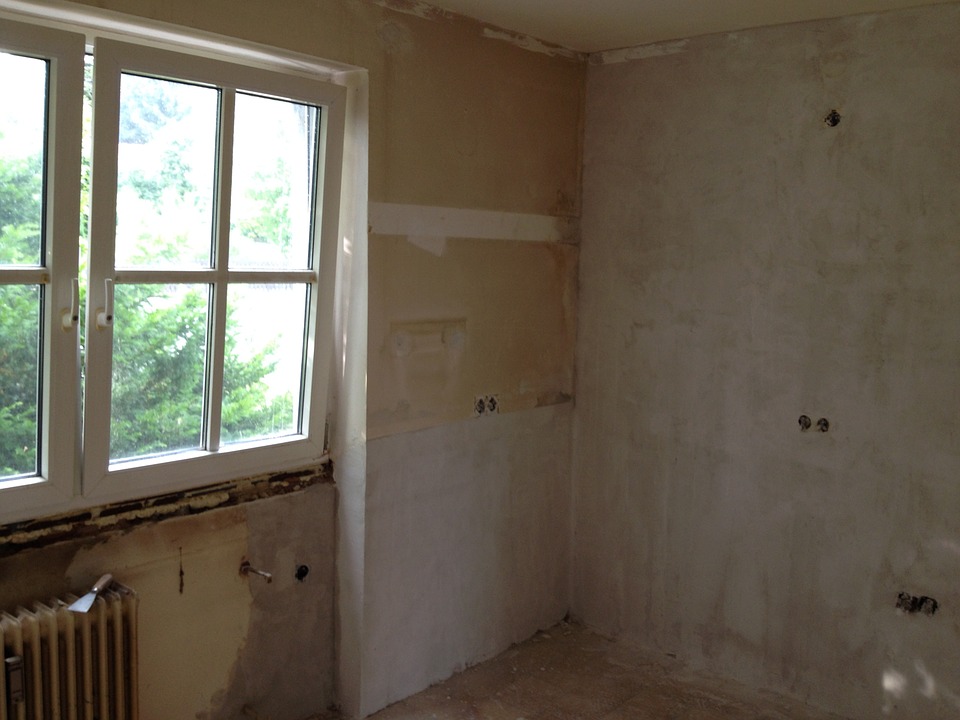What are the main advantages to constructing a Retaining Walls around your garden? Retaining
Walls prevent erosion. They protect the ground from erosion and keep it from being washed
away completely. Retaining walls are great for adding more functionality to your outdoor space if
it isn’t flat. They are suitable for any size garden, and they are an affordable way to protect your
garden against the elements.
A retaining walls is a frame with an edge or lip that runs along its full length. This lip or edge acts
as a drainage pattern and is placed to best benefit the plantings around the wall. For good
drainage, the wall should be at least two feet higher than the lowest edge of the foundation wall.
It’s also a good idea to place the retaining walls along a weed-free soil pathway.
Concrete retaining walls offer a practical, attractive, and cost-effective way to enhance your
garden. Concrete is a strong material that can be used in all kinds of gardens. Concrete is a
cost-effective way to add functional landscaping in your landscape. Concrete is an attractive and
practical choice for gardens.
A retaining wall can make a big difference in the appearance and feel of your yard. Not only
does it improve the landscape, but they can also help to retain property value. There are many
benefits homeowners can enjoy from retaining wall structure. The best walls use the latest in
design technology such as textured or stamped concrete surfaces to create a unique product
that adds interest to the landscape. The style of the structure depends on the materials used
and the details of staining, painting, and how they are painted. There are many options that
homeowners have when it comes to adding retaining wall walls.

Concrete, stone or mesh retaining walls offer a flat surface which helps to maintain a constant
height and prevents erosion. Retaining walls are designed to maintain the proper height of the
top and bottom of the shrub when properly installed. You can also use a screen to protect the
roots in areas where there is excessive vegetation. The screen will deter larger animals such as
deer and other large animals from the area. The screen can be used to protect the pool’s
landscaping and reduce the need to clean up as much as possible.
Natural stone retaining walls are a great option for landscaping around a swimming pool. They
offer natural color and contrast. Concrete blocks can be used to create a durable, elegant
landscaping element. The texture and overall look of a concrete block wall can provide a unique
look that is often impossible with natural stone landscaping elements. Natural stone is the best
material for landscaping around a swimming pool. It is durable, easy to maintain, and won’t
discolor.
Reinforced concrete can be used to increase strength, aesthetic appeal, durability, and strength
of retaining walls. Re reinforced concrete is constructed with steel reinforcement on all corners,
including the top. It is made from corrosion resistant materials and has steel reinforcement which
makes it stronger and more durable. These three benefits will allow homeowners to significantly
reduce the time and effort required to maintain their property. It will also increase their
property’s resale potential.
Many homeowners find that landscaping using natural stone is the most attractive and costeffective way of improving their homes. Because of the advantages of retaining walls,
homeowners can enjoy the beauty of stone for years without having to worry about its
deterioration. Concrete blocks provide a more pleasing alternative to traditional landscaping. The
soil behind the retaining walls is stronger and more durable. While it is important to maintain your
landscape’s beauty, this type landscaping allows you conserve valuable resources. You will not
only save money on maintenance, but you will also be able to enjoy the beauty of the stone and
expand your home’s living space.
